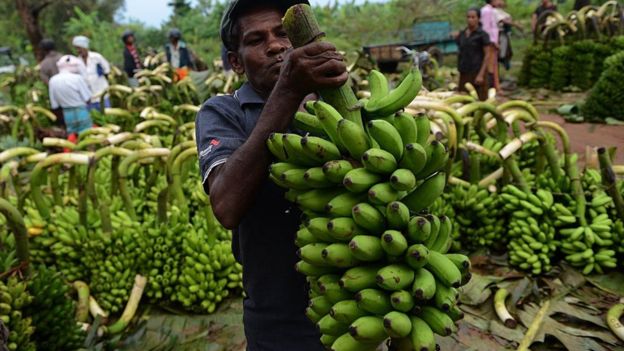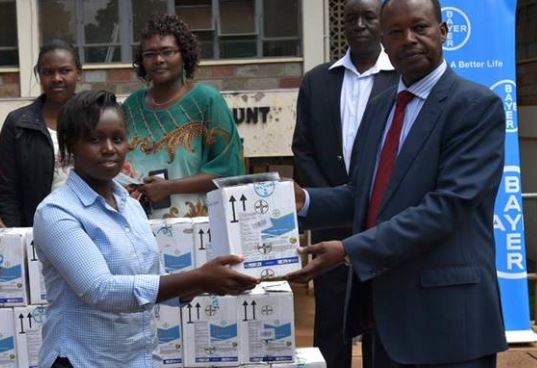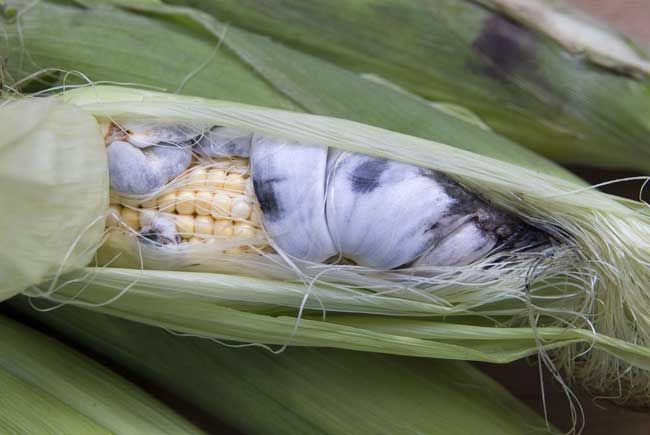
Farmer displays banana bunch in a market. Millions of banana consumers may face hunger and starvation if Panama wilt is not controlled. Photo: Getty Images.
Kenya Agricultural & Livestock Research Institute (KALRO) alerts farmers of the deadly Panama wilt (Fusarium wilt) disease that puts banana farmers at risk of losing to the disease what they toil for.
Bananas are a major staple food as well as a cash crop for thousands of small scale farmers in East Africa. In Kenya for instance, bananas are mainly grown in the western and central regions says International Service for the Acquisition of Agri-Biotech Applications (ISAAA) 2015 report.
This huge number of farmers and millions of banana consumers may face hunger and starvation if prevention mechanisms are not put in place this early.
READ ALSO: "Baba Yao' painting saves banana farmer against night guarding for theft
READ ALSO: Better weed management and proper advice enhances farmer’s banana prospects
READ ALSO: Herbal pesticide emerge as a cheap solution to banana disease
Panama wilt (Fusarium wilt) caused by a fungus Fusarium oxysporum f.sp. cubense (Foc) is an endemic disease on banana in Kenya. Locals refer to it as bokoboko.
“We have not confirmed the new race (T4) reported in the FAO alert in Kenya. The only races of Fusarium wilt confirmed in Kenya are races 1 and 2,” said Dr Lusike A. Wasilwa –KALRO.
The fungus Fusarium oxysporum fsp. Cubense race1 causing Panama disease survives in soil and on plant debris and enters the roots through bruises and spreads to the whole plant through conductive tissue in the pseudo stem.
Farmers should report Panama wilt if they identify yellowing of leaves starting with the oldest to agricultural extension officers for help. More symptoms include some 2 of the leaves droop, turn brown, dry and tear. In some cases, the outer leaf sheaths of the pseudo stem may split longitudinally near the soil level.
The affected plant by Panama wilt end up not developing sufficiently to produce a mature bunch and the disease can cause total crop loss.
Some recommended disease control methods include: planting resistant or tolerant varieties; plant quarantine like stopping movement of planting material from affected regions; cultural control like having fields clean of leaves and other plant debris; crop rotation; and disinfest all farm equipment while working between banana stools.
Farmers should know that bokoboko is a fatal banana disease it can wipe out an entire banana crop of a susceptible variety.

















